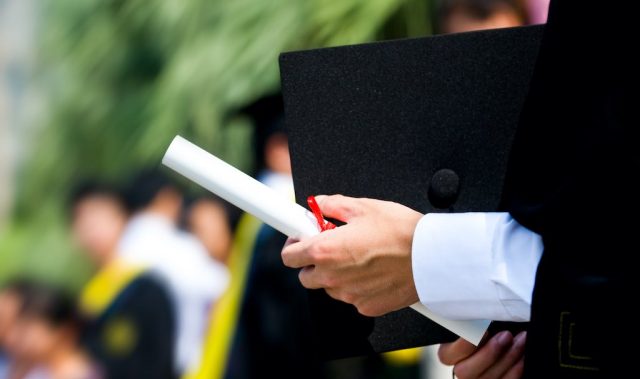
AsianScientist (Sep. 24, 2020) – Bellowing alligators, professional hitmen, doorbell diplomacy. These are three of ten winning submissions at the 30th First Annual Ig Nobel Prize, which took place entirely online on September 17 this year.
Playing on the word ‘ignoble,’ the Ig Nobel Prize is a satirical prize established in 1991 by the academic humor journal Annals of Improbable Research to celebrate unusual and imaginative achievements.
“The Ig Nobel Prizes honor achievements that make people laugh, then think. The prizes are intended to celebrate the unusual; honor the imaginative; and spur people’s interest in science, medicine and technology,” the Ig Nobel Prize website stated.
Each year, the Prizes are given out by real Nobel Laureates at a ceremony in Cambridge, Massachusetts, followed by public talks two days later. This year, due to COVID-19, the event was held virtually and will be followed by the Ig Informal Lectures in November, with the dates still pending.
Winning this year’s acoustic prize was an international team comprising of Stephan Reber, Takeshi Nishimura, Judith Janisch, Mark Robertson and Tecumseh Fitch, for “inducing a female Chinese alligator to bellow in an airtight chamber filled with helium-enriched air.” All five authors participated in the virtual ceremony.
“The singing physiology of birds, which scientifically are also reptiles, have been found to be the same as humans, but we didn’t know anything about non-avian reptilian vocalization,” Takeshi Nishimura, an associate professor at Kyoto University, shared with Asian Scientist Magazine.
In mammals and birds, a common mechanism for producing acoustic signals proportionate to their body size is via vocal tract resonances known as ‘formant frequencies.’ To show that formants are also produced by non-avian reptiles, the researchers tested for formants in a Chinese alligator (Alligator sinensis).
Their 2015 study, “A Chinese Alligator in Heliox: Formant Frequencies in a Crocodilian,” published in the Journal of Experimental Biology, described their efforts to induce a 125-centimeter-long female Chinese alligator to bellow in an airproof chamber, using playbacks of its own vocalizations.
The alligator breathed either ambient air or heliox (88 percent helium, 12 percent oxygen), which increases the velocity of sound by altering the formant distribution of the sound spectrum. An acoustic analysis of the calls showed an upward shift of high-energy frequency bands, which indicate evidence of formants.
While the biological function for such vocalizations remains unclear, it is believed that they may advertise the caller’s body size, because relative size differences strongly affect courtship and territorial behavior in crocodilians.
And because birds and crocodilians are Archosaurians and share a common ancestor with all extinct dinosaurs, the findings may give insights into the resonance frequencies produced in dinosaurs and its ancient role in communication.
“In this alligator experiment we successfully supported an evolutionary view that our vocal physiology is ancient and universal to amniotes, and that extinct dinosaurs probably shared it to make roars and bellows,” Nishimura said.
When asked what is next on his research plans, Nishimura coyly added that he is aiming for the Ig Nobel’s more serious counterpart.
“Perhaps I will aim for a Nobel Peace Prize for mutual understanding among animals and humans,” he said.
———
Copyright: Asian Scientist Magazine. Photo: Kyoto University/Takeshi Nishimura.
Disclaimer: This article does not necessarily reflect the views of AsianScientist or its staff.












